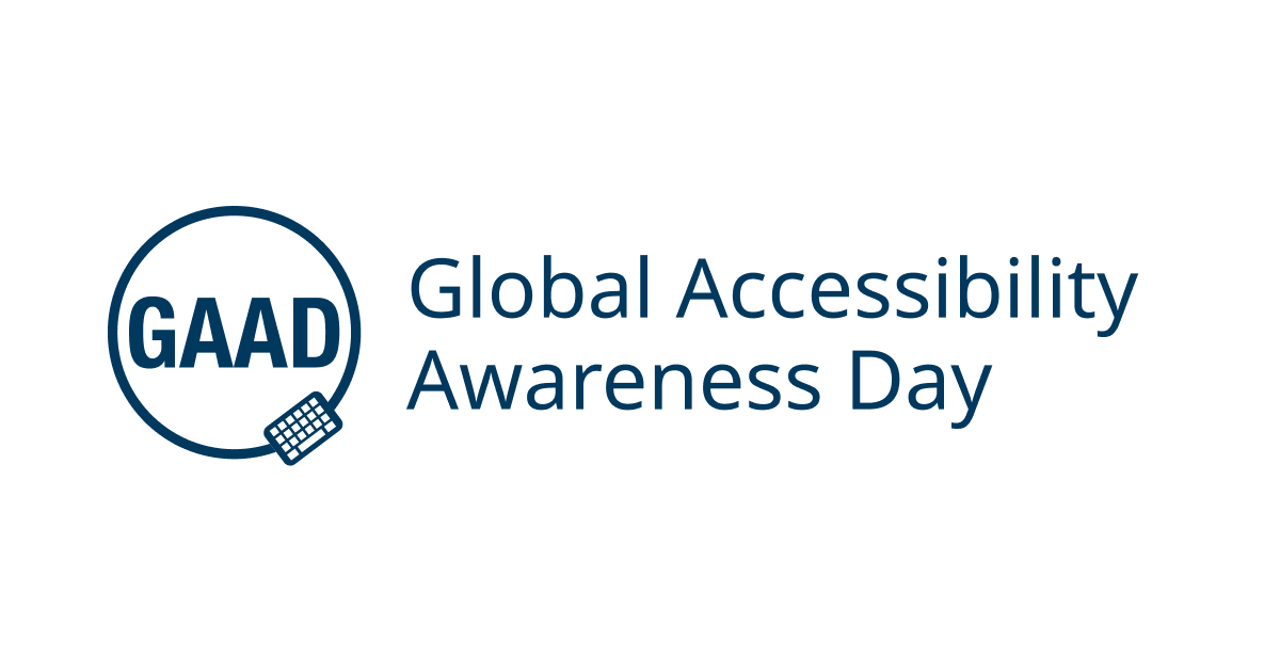Building Accessible Recruitment
Thursday, May 16 is Global Accessibility Awareness Day (GAAD) which has been marked each year on the third Thursday of May since 2012
. The aim of Global Accessibility Awareness Day is to get everyone talking, thinking and learning about digital access and inclusion.
According to the latest estimates from the Department of Work and Pension's Family Resources Survey, there are 16 million Disabled people in the UK, which is around 24% of the population. So to ensure we are creating equitable workplaces, starting with accessibility from the moment we advertise roles within our organisations is key.
DaDa is an award winning and pioneering disability arts organisation based in Liverpool with international reach and impact. Founded in 1984, DaDa were one of the first disability-led arts organisations in the UK and an integral part of the campaign for greater equality and access for disabled artists across the arts sector.
This Global Accessibility Awareness Day DaDa are sharing some pointers to support organisations to consider access when it comes to recruitment.
Six Accessible Recruitment Pointers
- ALT Text on Images – Often organisations will use images to promote opportunities on social media or other channels, but without ALT text this can create a barrier for many. ALT Text is a short written description of an image, which makes sense of that image when it can't be viewed for some reason. It is read aloud to users by screen reader software, so increases access for those with visual impairment who use this type of equipment.
Here is a useful article with more guidance on ALT Text.
- Easy Read – Easy read uses pictures and short sentences to help people with learning disabilities understand information. It is taking any information you are putting out and condensing it to simplify the key points concisely.
Here is a useful guide on how to convert your information into an Easy Read format
- BSL – Consider commissioning a British Sign Language interpreter to film a translation of your recruitment advert. Not only will this make it easier for BSL users to understand the information, but it will show your commitment to inclusion for those who are BSL users.
- Consider other formats – sometimes application forms can be hugely inaccessible and we can lose out on brilliant candidates just through creating an application portal that doesn’t work for some. Consider accepting applications via video, in writing, or CV’s with a cover letter. Offering different ways for candidates to get the information across allows people to apply in a way that is suited to their needs.
- Ask about access – encourage candidates to tell you about any additional access requirements they may have that you can support with to enable them to fully engage in the recruitment process. Have a plan in place to ensure you have time to make appropriate arrangements.
- Access riders – An access rider is a document that outlines what you need the people you work with to consider in order for you to work for them. The Social Model of Disability dictates that people aren’t inherently disabled, but it is society that puts barriers in their way, disabling them in the process. Therefore, your work environment might be disabling you and making your life at work more difficult. An access rider is a step towards trying to alleviate this issue through opening a dialogue with your employer.
Here is a useful article DaDa wrote to give you an idea of what might go in an Access Rider.
There are of course many more steps we can take to make sure our recruitment processes are inclusive and creating an accessible approach. These pointers are intended as a starting point to get you thinking about how you can weave access into the process along the way.
To find out more about DaDa and our work around access and inclusion within the arts, visit https://www.dadafest.co.uk/

